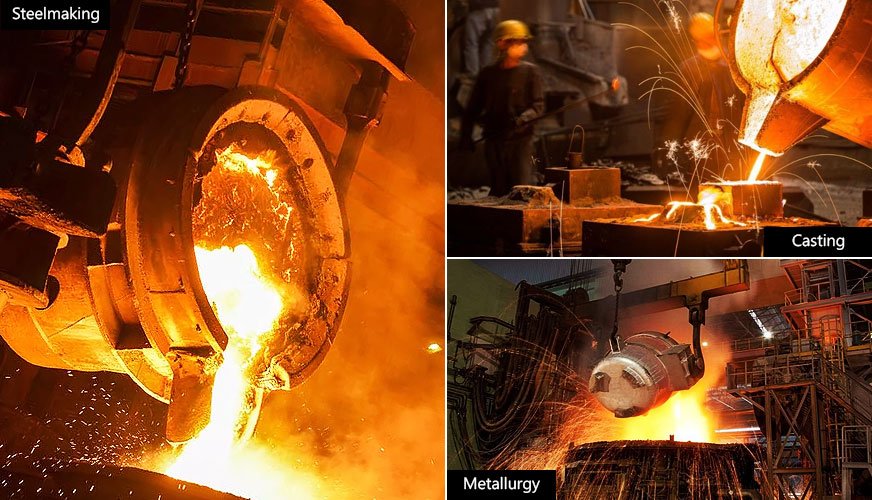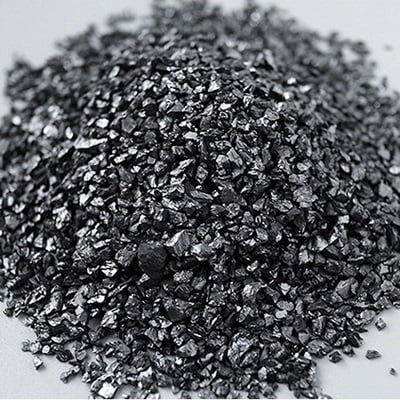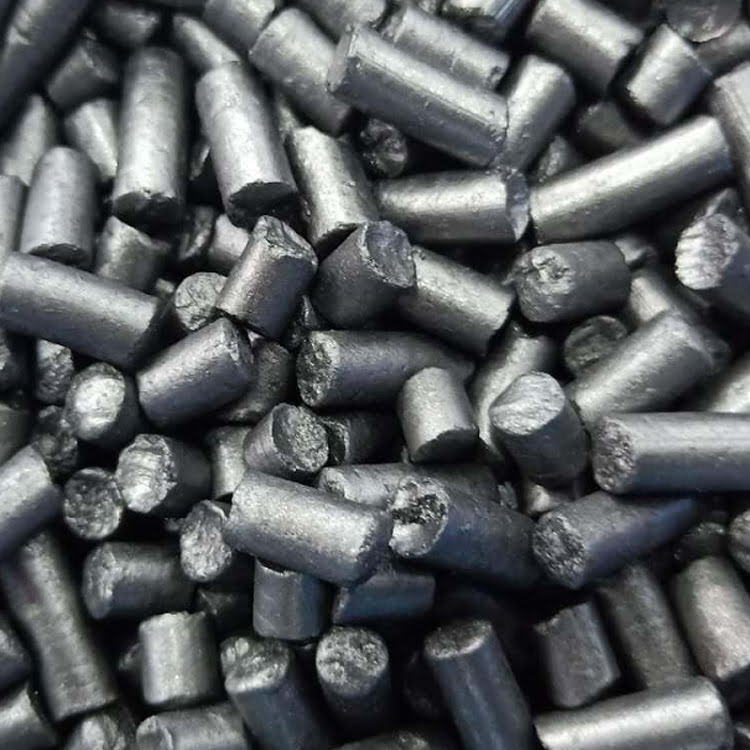NEWS
Sources and Properties of Impurities in Silicon Slag
Impurities in silicon metal exist in the form of simple substances and compounds. Thermodynamic calculations show that when Fe2O3, SiO2, MgO, Al2O3, CaO, etc. are reduced under normal pressure, the reduction temperature of Fe2O3 is the lowest, followed by SiO2, and then Al2O3, MgO and CaO. Because the reduction temperature is different, most of Fe2O3 and SiO2 are reduced, while Al2O3, MgO and CaO can only be partially reduced. Unreduced Al2O3, MgO and CaO form slag together with SiO2. Some of this slag accumulates together to form an obvious light-colored slag block, which is confined between the grain boundaries and has a clear boundary. It can be removed by hand when it is broken; other slag becomes dark and can only be seen under a microscope. Particles, mixed with silicon, become impurities in silicon.
To extract silicon metal from silicon slag, the first step is to separate the obvious light-colored slag and dark-colored slag in the silicon slag with a manual hammer, and then use the principle of middle selection to further separate to increase the silicon content in the silicon slag; the second part is to carry out Smelting separation is mainly to separate impurities in molten silicon.
Impurities in silicon slag exist in two forms: reduced and unreduced. Add flocculants composed of Na2O5~50% and SiO250~95% to industrial silicon or Na2O5~50%, SiO250~95% and low MgO and CaO. With a flux composed of 35%, the melting point of the slag can be reduced from the original 1450~1480 to about 1000. It can also reduce the density of the slag, improve its viscosity and surface tension, and facilitate the separation of slag and silicon. Aluminum and calcium are removed by oxidation reaction with synthetic flux. The oxidation rate constant of aluminum and calcium has a linear relationship with temperature, and the oxidation process of aluminum and calcium is carried out in the area close to diffusion. The slag can be completely dissolved in the synthetic flux after 40 minutes, and 83% of aluminum and 92% of calcium can be removed. This flux is made of soda ash, dolomite, silica, quicklime, serpentine or cullet, etc. It is inert to silicon and can oxidize aluminum and calcium well and make non-metallic inclusions gather, float and separate, but No iron removal effect. The amount of flux added is generally 10-20% (mass) of refined industrial silicon. The batching work requires accuracy, uniformity, and timeliness. The quality of the batching work has an important impact on the output of the product, the unit consumption of raw materials and the cost, and even determines whether the smelting and purification process can be carried out.
The silicon slag is purified and smelted with a power frequency furnace for heating and heat preservation.
Contact Us

JBT produces and supplies silicon metal and ferrosilicon products, mainly products are silicon metal 553, 441, 421, 411 3303,2202, 97, silicon carbide, carbon raiser for steelmaking and casting industries. We also make electrolytic manganese metal, inoculants and nodulizers.
Get in Touch
- info@jbtmetals.com
- +86-372-5032025
- +86-15937282819
- Send Inquiry
- Online Chat
- Qugou Town, Anyang City, Henan Province of China





